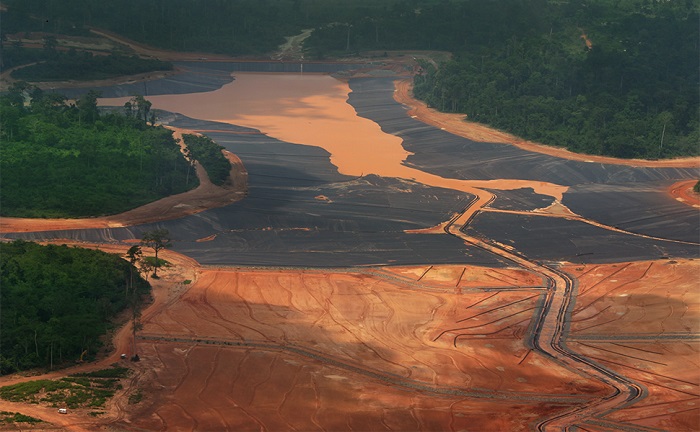Formosa Plastics constructing $207 million HDPE geomembrane resin plant in Texas
June 17th, 2022
Photo courtesy of Focus Taiwan CAN English News Formosa Plastics Corp., the flagship entity of the Taiwanese conglomerate Formosa Plastics Group, plans to build a new production site in Texas at a cost of $207 million. The projected completion date is October 2025, and mass production is scheduled for December of that year following a […]
Adding graphene to geosynthetics
June 1st, 2022
Q: I have some commercial application questions in the field of geosynthetics. We manufacture graphene powders in the most sustainable way, and it allows us to supply graphene to manufacturers much more economically. As you may have heard, graphene has wonderful material properties atomically to offer, and I am looking for opportunities to leverage its […]
Welding HDPE geomembranes with biogas present
April 1st, 2022
Q: We are a Brazilian company specializing in biogas plants. We have built a big lagoon biodigester with a high-density polyethylene (HDPE) geomembrane cover. Now the cover is leaking liquid contained in the lagoon: We are organizing the repair procedure, and we would like to first investigate state-of-art practices and procedures for welding HDPE geomembranes […]
Alternative stress cracking surfactants identified for HDPE geomembrane testing
February 9th, 2022
The Australian geosynthetics testing company ExcelPlas discusses the search for alternative stress cracking surfactants to the pollutant Igepal CO-630. Photograph courtesy Solmax Geosynthetics testing company ExcelPlas in Highett, Victoria, Australia, has identified two alternative stress cracking surfactants for high-density polyethylene (HDPE) geomembranes. Igepal™ CO-630, the non-ionic surfactant used in high-density polyethylene (HDPE) stress cracking bath, […]
Fusion-welded HDPE geomembrane patch
February 1st, 2022
Q: I need to make sure of what the minimum area is for a fusion-welded HDPE geomembrane patch with a 60-mil (1.5-mm) thickness that should be fusion welded instead of extrusion welded. Also, when does one need to replace a panel that is damaged (i.e., the percent of damage allowed to be repaired)? Thank you […]
EPDM geomembrane for a water application
February 1st, 2022
Q: We are looking at a life-cycle study for the usefulness of an ethylene propylene diene monomer (EPDM) geomembrane for a water conservation application. Request to kindly share the information for our study. Regards. A: An EPDM geomembrane is going to lie flat on the subgrade soil without wrinkles (no field-induced stress). Therefore, it will […]
Geosynthetics for CCR, PFAS and energy applications
October 1st, 2021
This issue of Geosynthetics magazine delves deep into two innovative uses of geosynthetic clay liners (GCLs) in very different applications: coal combustion residual (CCR) leachates and per- and polyfluoroalkyl substances (PFAS) mitigation in landfills. We also examine three case studies of energy companies using high-density polyethylene (HDPE) geomembranes for flowback water in water evaporation/recycling ponds. […]
How to create a natural-looking pond with a geomembrane liner
September 27th, 2021
Constructing water pond with a geomembrane in Sweden. Photograph courtesy of BTL Liners Not all lining material is created equal. Although preshaped rigid liners exist, they are not normally what you would choose for your fish-stocking pond. No matter how small or large the pond you have in mind, your best option today is flexible […]
Solmax liners help secure 10-day build of Wuhan hospital
April 1st, 2021
Workers involved in the installation of the Solmax liner for the Huoshenshan Hospital in Wuhan, China. Photograph courtesy of Solmax In late January 2020, just before the Chinese Lunar New Year, the COVID-19 pandemic broke out in large areas of Wuhan, Hubei Province, China. The city went into lockdown on Jan. 23, 2020, with the […]
Large-scale studies to evaluate the resilient modulus of geocell-reinforced pavement
April 1st, 2019
The 2017 ASCE report card (ASCE 2017) on civil infrastructure assigned grade “D” for America’s roads, and this rating necessitates the adoption of more sustainable and resilient approaches in design and construction of transport infrastructures such as highway embankments and pavements. Reclaimed asphalt pavement (RAP) material has been considered as one of the sustainable options […]
 TEXTILES.ORG
TEXTILES.ORG





